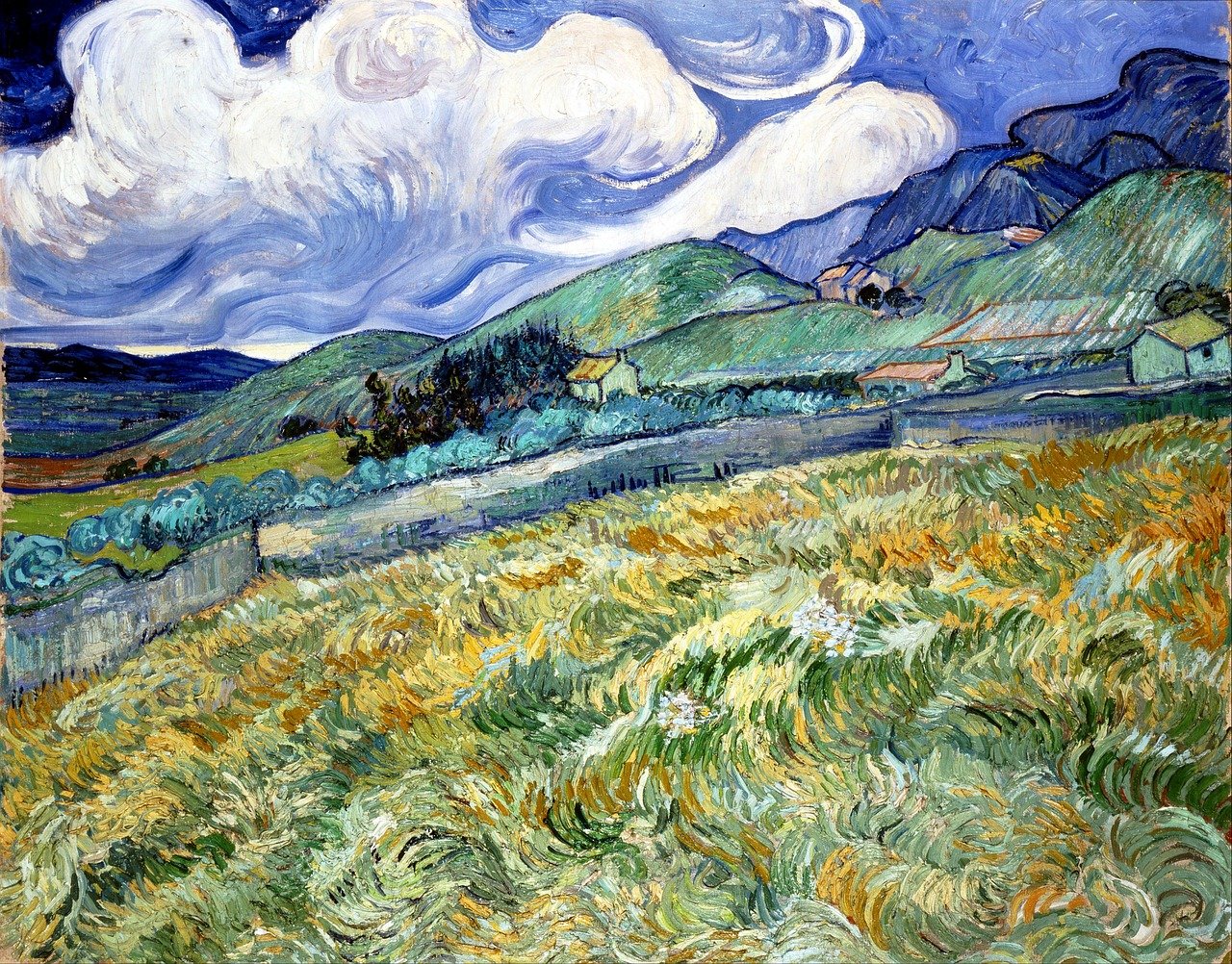Impressionism marked a significant shift in the art world during the late 19th century.
This movement rejected the rigid constraints of academic painting and embraced spontaneity, light, and color in a way that was revolutionary.
At its core, Impressionism transformed how artists perceived and depicted their surroundings.
So, what elements contribute to an artwork being classified as an Impressionist masterpiece? Let’s explore the defining qualities that set these works apart.
Emphasis on Light and Color
One of the most distinguishing features of Impressionist art is the treatment of light.
Unlike their predecessors, Impressionists focused on capturing the effects of light at different times of the day and in various weather conditions.
Artists like Claude Monet and Pierre-Auguste Renoir utilized short, visible brushstrokes to depict the transient nature of light.
Colors in Impressionist works are often vibrant and used straight from the tube, rather than being blended on the palette.
This technique allows colors to appear lively and to interact with one another, creating an engaging visual experience.
The interplay of light and color not only breathes life into a painting but also evokes emotions, allowing the viewer to feel the atmosphere of the moment.
Spontaneity and Captured Moments
Impressionist masterpieces often depict scenes of everyday life, capturing fleeting moments with a sense of spontaneity.
Artists sought to convey the immediacy of their experiences, reflecting a moment in time rather than a meticulously crafted scene.
This approach can be seen in works such as Monet’s “Impression, Sunrise,” which encapsulated a sunrise over a harbor, capturing the essence of the moment rather than a detailed representation.
The use of plein air painting, or painting outdoors, further emphasizes this desire to seize the moment.
Artists like Camille Pissarro and Alfred Sisley frequently set up their easels in the open air, allowing them to paint directly from nature and respond to their surroundings in real-time.
This method resulted in works that feel alive and dynamic, inviting viewers to partake in the experience.
Unique Compositions and Perspectives
What sets Impressionism apart is also its innovative compositions. Many masterpieces break the traditional rules of perspective and framing, creating a sense of movement and immediacy.
Artists often cropped their subjects, as if they had taken a snapshot, which draws the viewer’s eye into the scene.
Consider Impressionism through Edgar Degas, who is known for his iconic depictions of ballet dancers.
His unique angles and off-center compositions create a sense of intimacy and spontaneity, offering a glimpse into the dancers’ world.
This kind of innovative approach invites viewers to engage with the artwork on a deeper level, as they feel part of the scene rather than mere observers.
The Influence of Modern Life
Impressionism emerged during a time of great change in society, with industrialization and urbanization altering landscapes and lifestyles.
Many Impressionist masterpieces reflect the vibrant life of cities, parks, and leisure activities, capturing the essence of modernity.
Paintings like Renoir’s “Luncheon of the Boating Party” celebrate social interactions among friends, showcasing the joys of modern life.
These artworks tell stories of the time, depicting popular leisure activities, bustling cafés, and serene landscapes.
By immortalizing these moments, Impressionist artists documented the shifts in culture and lifestyle, making their works not only visually appealing but historically significant as well.
Brushstroke Techniques
The brushstroke is another hallmark of Impressionist art. Artists employed loose, quick strokes that often remain visible on the canvas.
This technique creates texture and movement, contributing to the overall impression of the piece rather than detailing every element.
Monet’s “Water Lilies” series exemplifies this technique with its layered brushstrokes that depict the reflections and patterns in the water.
The rhythmic application of paint allows viewers to feel the ripples and movement in the scene, showcasing the artist’s interpretation of nature rather than a literal representation.
Subject Matter and Themes

Impressionist artists often gravitated towards themes of nature and modern life.
They painted landscapes, seascapes, and urban scenes, emphasizing the beauty of their surroundings.
Works often feature ordinary subjects, showcasing everyday life rather than historical or mythological themes prevalent in earlier art movements.
This focus on the mundane elevates the ordinary to extraordinary heights.
Whether depicting a serene park, a bustling street, or a quiet garden, Impressionist masterpieces invite viewers to appreciate the beauty in the world around them.
The themes often evoke a sense of nostalgia or tranquility, prompting viewers to reflect on their own experiences.
Emotional Resonance
Impressionist masterpieces resonate with viewers not only because of their aesthetic qualities but also due to the emotions they evoke.
These artworks often capture fleeting feelings and moments, resonating with personal memories and experiences.
Many Impressionist artists sought to convey their emotional responses to their surroundings, rather than focusing solely on technical precision.
This emotional component is why works like Monet’s “Woman with a Parasol” connect so deeply with audiences.
The sheer joy of a moment—the play of sunlight, the wind in the grass—transcends the canvas, inviting the viewer to step into the artist’s shoes and experience the joy of that instant.
Breaking Convention
Finally, the Impressionist movement’s hallmark is its defiance of traditional artistic conventions.
Impressionist artists challenged the established norms of the art world, rejecting the idea that art must be a polished representation of reality.
This rebellion paved the way for future movements in modern art, encouraging experimentation and individual expression.
Artists like Vincent van Gogh, while not strictly an Impressionist, were influenced by the movement.
His expressive use of color and brushstroke techniques further broke from tradition, blending Impressionist principles with his unique vision.
This spirit of innovation continues to inspire contemporary artists, showcasing the lasting impact of Impressionism on the art world.


